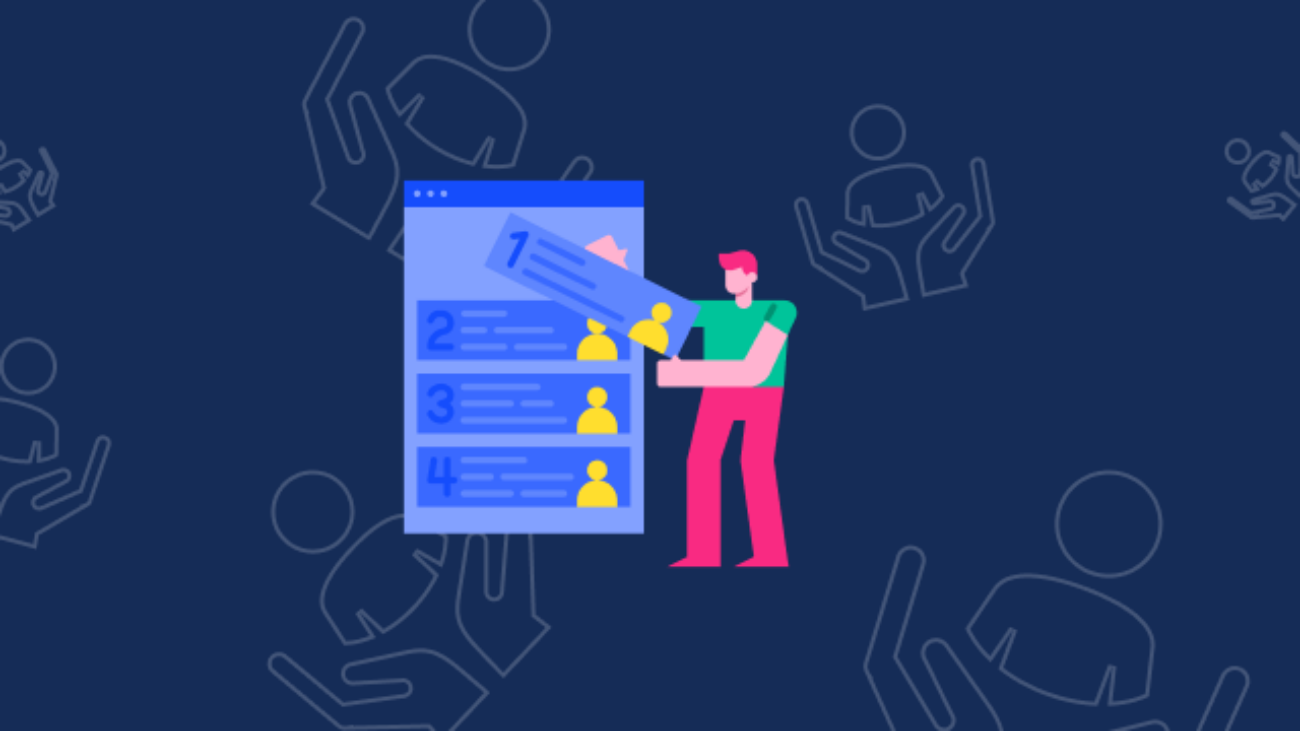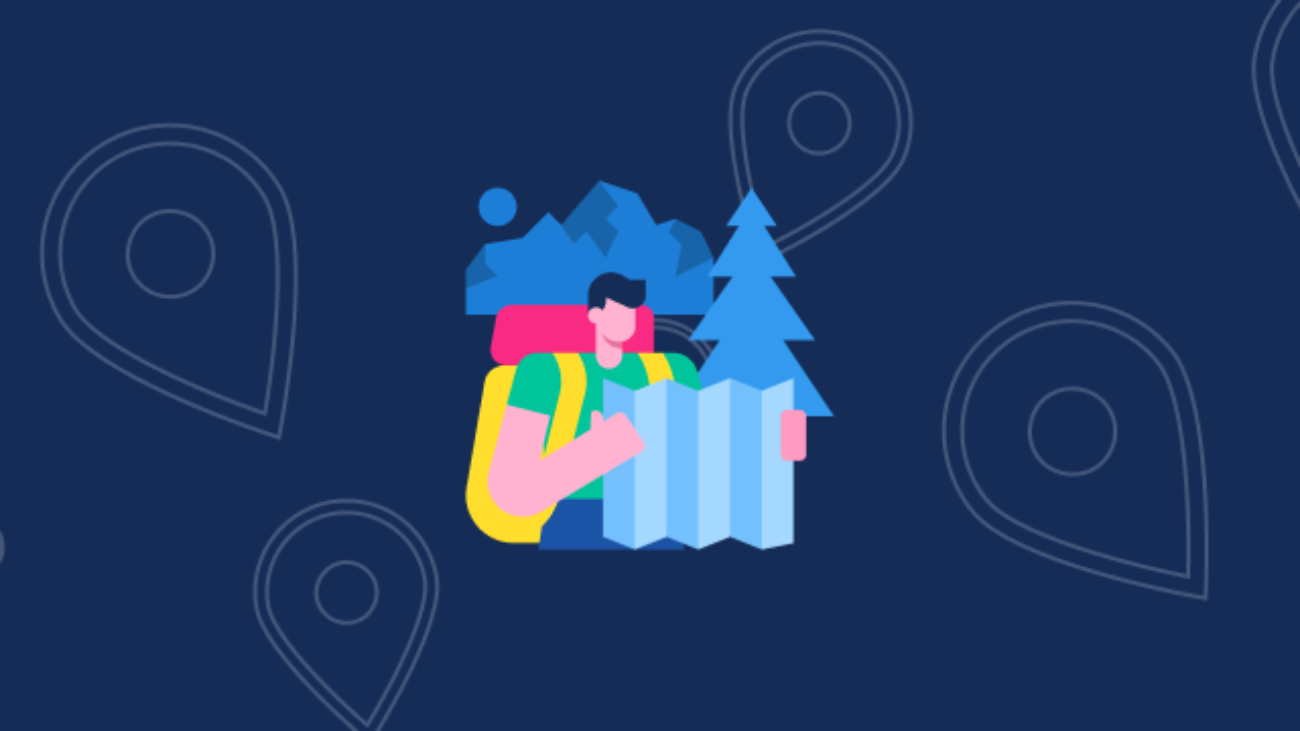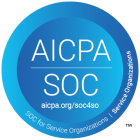In the rapidly evolving world of SaaS, staying ahead of the competition requires a deep understanding of your customers, product, and market. However, with unlimited data and platforms to choose from, it can be overwhelming to figure out where to start.
To help you get started, empowering product teams with the tools they need to deliver value to their users, increase conversion rates, and drive growth is of paramount importance. Leveraging the power of product-led change with enterprise sales efficacy gives every team a clear understanding of what they need to do to achieve maximum impact.
In this blog post, we’ll explore the key strategies and processes that drive successful upsells and retention. We’ll cover important topics such as defining your ideal customer, building a growth flywheel playbook, and understanding the importance of customer observability.
Whether you’re a seasoned SaaS veteran or just starting, these strategies will help you prioritize your customer base and drive growth for your business.
Product-led revenue: The importance of customer observability
Product-Led Growth (PLG) is a business model focusing on building and growing a product-driven company. It is designed to increase customer engagement and drive revenue through product usage and customer satisfaction. One of the critical components of a successful PLG strategy is customer observability, which allows you to track and understand how customers interact with your product.
Forbes understands the ever-growing importance of PLG, especially for technical products, as the world of AI, sales, and marketing are becoming blurred and combined.
Customer observability provides valuable insights into the customer journey, allowing you to identify areas of improvement and optimize the customer experience. By understanding how customers engage with your product, you can make informed decisions about product development, marketing, and sales strategies. This leads to increased customer satisfaction, higher conversion rates, and, ultimately, increased revenue.
The Benefits of Customer Observability
Improved Customer Experience: By understanding the customer journey, you can identify areas of improvement and optimize the customer experience. This leads to increased customer satisfaction and loyalty.
Increased Conversion Rates: Learning how customers interact with your product allows you to make informed decisions about product development, marketing, and sales strategies, leading to higher conversion rates so that you can be there at the most meaningful moment.
Better Product Development: Customer observability provides valuable insights into the customer journey, which can inform product development decisions and lead to creation of products that better meet customer needs.
The importance of customer observability in driving product-led revenue cannot be understated. AI platforms combine product-led growth efficiency with enterprise sales efficacy, helping every team understand exactly what needs to be done and where their efforts need to be focused on achieving maximum impact. With proper systems and processes in place, you can gain a deeper understanding of your customers and confidently drive product-led growth.
The key to successful upsells and retention
In the competitive landscape of modern SaaS, understanding your customers and what they need is essential to success. By defining your Product Qualified Lead, you can prioritize your customer base and focus on the right customers, leading to increased revenue and customer satisfaction.
A PQL is a crucial component of product-led growth and helps businesses understand who their most valuable customers are, their needs, and how to reach them effectively. By focusing on your PQL, you can make the most of your resources and direct your efforts toward growth initiatives.
Here’s what you can expect from defining your PQL:
- Prioritize your customer base: By understanding your PQL, you can prioritize your customer base and focus on the right customers, driving successful upsells and retention.
- Drive growth and success: By focusing on your PQL, you can drive growth and success by efficiently and effectively using your resources.
- Improve customer satisfaction: You can improve customer satisfaction by understanding your customers and their needs, leading to increased revenue and growth.
Defining your PQL is valuable in unlocking the potential for successful upsells and retention. You can drive growth and success while improving customer satisfaction by prioritizing your customer base and focusing on the right customers.
Growth Flywheel: Build a Playbook for Success
Now that you have clearly defined your lead and sales strategy, you can start implementing your growth flywheel.
A growth flywheel is a (mostly) autonomous system that drives growth through a series of interconnected actions. The goal of a growth flywheel is to create a virtuous cycle that continually drives development and improvement, allowing your business to scale and succeed. One of the pivotal components of a successful growth flywheel is having a playbook that outlines the strategies and processes that drive growth.
The Importance of a Growth Flywheel Playbook
Below are the benefits of implementing a well-put-together growth flywheel for your team. Remember that skill can be trained, with the right processes, regardless of where your staff member starts from.
- Consistency: A growth flywheel playbook ensures that all teams follow the same processes and strategies, leading to consistent and predictable growth.
- Alignment: By having a shared understanding of what drives growth, teams can work together more effectively and achieve better results.
- Scalability: A well-defined growth flywheel playbook allows you to scale your growth efforts, making it easier to drive growth as your business grows.
Constructing and Scaling Your Growth Flywheel Playbook
Building a successful growth flywheel playbook requires a deep understanding of your customers, product, and market. Start by defining your target customer and the value you offer them. Then, identify the key growth drivers, such as customer acquisition, engagement, and retention. Finally, define the strategies and processes to drive growth in these areas.
A growth flywheel playbook is a living document, constantly evolving as you learn and grow. Continuously monitor and adjust your growth flywheel to ensure it drives the desired results.
By building a growth flywheel playbook, you can drive consistent and predictable growth, align your teams, and scale your business for success.
The Future of Product-Led Growth
Product-led growth (PLG) is a business model that prioritizes the customer experience and focuses on building and growing a product-driven company. It has proven to be a successful approach to driving revenue, increasing customer engagement and satisfaction, and driving growth. The critical components of a successful PLG strategy are customer observability, defining your ideal customer (Product Qualified Lead), and implementing a growth flywheel playbook.
In the rapidly evolving world of SaaS, staying ahead of the competition requires a deep understanding of your customers, product, and market. With the power of advanced AI technologies, companies can now clearly understand what they need to do to achieve maximum impact. Customer observability provides valuable insights into the customer journey, allowing businesses to make informed decisions about product development, marketing, and sales strategies. Defining your PQL is crucial in unlocking the potential for successful upsells and retention.
Implementing a growth flywheel playbook is also essential in driving consistent and predictable growth. A well-defined growth flywheel playbook ensures that all teams follow the same processes and strategies, leading to better results and scalability as the business grows.
In conclusion, the future of product-led growth is bright. With the right tools and strategies, businesses can prioritize the customer experience and drive growth, leading to increased revenue, customer satisfaction, and success. Companies that embrace PLG and adopt these key strategies will continue to stay ahead of the competition and drive success in the fast-paced world of SaaS.



